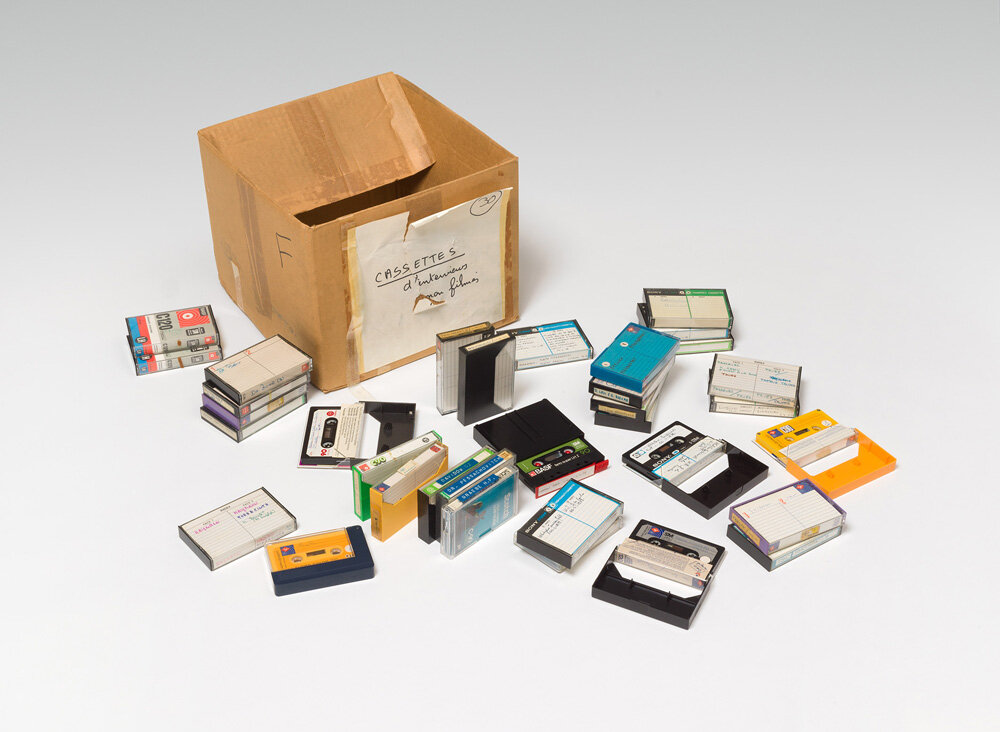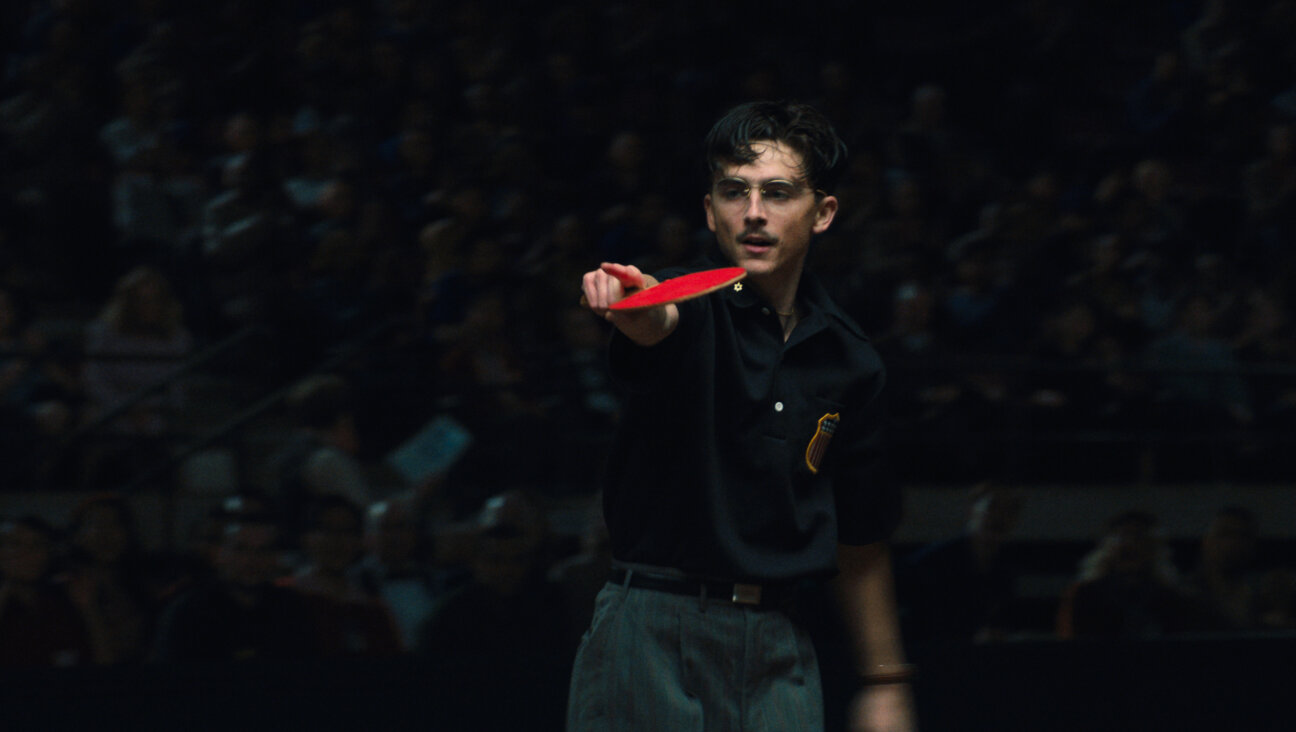Woody Allen’s Misogynist Archives Are A Problem. So Is The Viewpoint Of Those Who Assess Them.

Image by Christopher Polk/Getty Images
In the post-Weinstein moment, Woody Allen is something of an anomaly. His adopted daughter Dylan Farrow has publicly restated her decades-old accusation that Allen sexually assaulted her when she was seven years old; in 2016, Allen’s son Ronan Farrow, whose deeply reported stories in the New Yorker on the allegations against Weinstein and Weinstein’s attempts to silence his accusers became a foundation of the #MeToo movement, published an editorial supporting his sister’s account and calling for the movie industry to hold Allen accountable.
Yet Allen has remained largely unscathed. “Wonder Wheel,” his latest film, was neither delayed in its release nor yanked from distribution. Its stars have been asked about their response to the accusations against Allen, yet he himself hasn’t been hauled out for a public accounting.
Until, in an unusual way, now. In a January 4 op-ed for The Washington Post, freelance writer Richard Morgan detailed what he found in Allen’s archives, the expanding collection of which has been housed at Princeton University since Allen made an initial donation of papers in 1980. Morgan claims to be the only person who has as yet read them “from cover to cover.” The contents, as Morgan quotes them, are exactly what anyone who has seen Allen’s films, followed the saga of his marriage to Soon-Yi Previn, the now-estranged stepdaughter of his former girlfriend Mia Farrow, or noted Dylan Farrow’s accusations might have expected: Riddled by an obsession with adolescent girls and relentless in depicting women as, first and foremost, sexual objects.
“There’s the 16-year-old in an unmade television pitch described as ‘a flashy sexy blonde in a flaming red low cut evening gown with a long slit up the side,’” Morgan writes:
“There’s the 17-year-old girl in another short story, ‘Consider Kaplan,’ whose 53-year-old neighbor falls in love with her as the two share a silent, one-floor-long elevator ride in their Park Avenue co-op. There’s the female college student in ‘Rainy Day’ who ‘should not be 20 or 21, sounds more like 18 — or even 17 — but 18 seems better.’ That script includes a male college student but gives no description of his age. Another of Allen’s male characters, in a draft of a 1977 New Yorker story called “The Kugelmass Episode,” is a 45-year-old fascinated by ‘coeds’ at City College of New York. In the margin next to this character’s dialogue, Allen wrote, then crossed out, ‘c’est moi’ — it’s me.”
Should any of this damn Allen? His thoughts, as relayed by Morgan, are fairly clear expressions of fairly creepy character flaws. Given that he faces allegations of a heinous sexual crime against a child, they’re also evidence that Allen has historically fetishized and celebrated the sexual gaze of older men towards girls. One could argue that someone’s private thoughts should not be held against them in the court of public opinion, but, remarkably, these aren’t Allen’s private thoughts. He felt fully comfortable leaving these documents to be seen by any researcher who felt the desire to peruse them.
In some ways, that’s the most outré thing about Morgan’s report: Allen sees his own objectification of teenage girls as not only acceptable, but also an essential part of his legacy. People can be publicly honest about their failings without celebrating those failings. Allen may have chosen to include in his archive drafts of a script in which he “turns ‘good legs’ into ‘great legs,’ which become ‘enormous breasts’ and then finally ‘long, tanned legs’” — Morgan’s words — in the name of chronicling artistic process. To treat that remarkably mundane progression as process worth remembering is to celebrate it; the process celebrated in Allen’s archives, as quoted by Morgan, appears to be one of inherent, exaggerated misogyny. (It also, for the record, results in bad art; multiple drafts should not be necessary to achieve the phrase “long, tanned legs.”)
Morgan deftly analyzes the ways in which Allen’s reputation for writing complex female characters, despite tending to ascribe to them such complex attributes as “long, tanned legs,” has served to shield him from real interrogation of his alleged wrongs. Yet he does so in a way that is, itself, not of the moment. “The fact that his work has earned so many women Academy Award nominations and prizes for acting — Penélope Cruz, Rebecca Hall, Mariel Hemingway, Diane Keaton, Geraldine Page, Maureen Stapleton, Dianne Wiest — is a nesting-doll joke: His trophies have trophies,” Morgan writes, going on to cite the clumsy reasons several actresses have recently given for overlooking the accusations against Allen in order to work with him. Yet it’s inherently skewed to recognize the defenses provided Allen by women as morally compromising without acknowledging those made by men.
(It’s also inherently skewed that the women who act in Allen’s films are asked about his alleged sexual abuse at a far greater rate than the men. Google “actor asked about Woody Allen” and your first results will be populated by condemnations of Kate Winslet and Selena Gomez for defending their work with him, and a couple plaudits for Griff Newman over his — heroic! — expression of regret at working with Allen.)
Great actresses who, overlooking moral qualms, deliver great performances based on Allen’s often-mediocre scripts aren’t his trophies. Allen has one enormous trophy, which is the fact that he’s been allowed to continue working in the film industry at all. Women are no more culpable for that fact than men; given the notorious dearth of women in decision-making capacities at Hollywood studios, they’re likely significantly less culpable.
Allen’s artistic legacy will be based on his output. Women and men alike share the responsibility to assess it with clarity, just as we share the responsibility for failing to hold Allen accountable to Dylan Farrow’s accusations. Yet in a world in which women are still required to be more perfect than men, the likelihood of a fair assessment of either is slim.

















